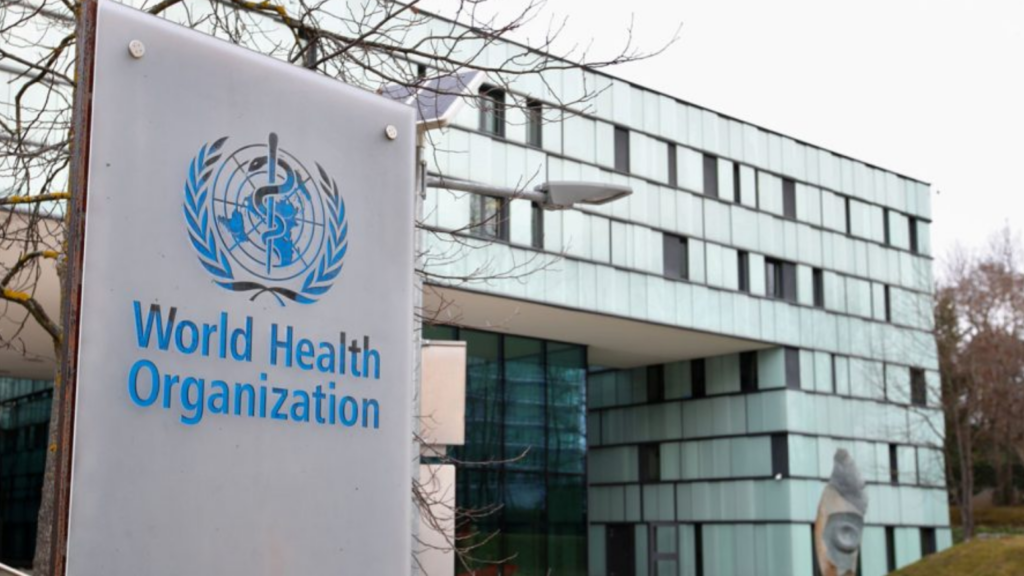The World Health Organization (WHO) has unveiled global guidelines aimed at curbing the prevalence of bloodstream and other infections stemming from the use of catheters in minor blood vessels during medical procedures.
Poor practices in catheter insertion, maintenance, and removal pose significant risks of introducing pathogens directly into the bloodstream, potentially leading to severe conditions such as sepsis and challenging complications in vital organs like the brain and kidneys.
Additionally, soft tissue infections at the catheter insertion site are also a concern.
The global guidelines
The newly released guidelines encompass 14 good practice statements and 23 recommendations addressing key areas for healthcare workers, including education and training, aseptic techniques, hand hygiene practices, catheter insertion, maintenance, access, removal, and selection.
Here’s a summary of the key recommendations and good practice statements:
- Education and Training: WHO recommends that all clinicians receive appropriate education on the indications for intravascular catheter use, proper procedures for their use, and infection control measures.
- Regular Assessment: Clinicians should undergo regular assessment for their knowledge and adherence to catheter management guidelines.
- Hand Hygiene and Aseptic Techniques: Clinicians should be trained in hand hygiene procedures according to the WHO multimodal improvement strategy, with hand hygiene performed during catheter practices using alcohol-based hand rub products or soap and water.
- Training in the aseptic no-touch technique is recommended to prevent catheter-related infections.
- Insertion: Sterile technique is recommended for PICC and PAC insertion, along with using either chlorhexidine-containing or non-chlorhexidine-containing skin disinfectants for PIVC and PICC insertion.
- Adequate skin disinfection is crucial before catheter insertion.
- Formal training programs for catheter insertion are suggested for clinicians.
- Clinicians should wear single-use gloves during PIVC and PICC insertion, with neonates requiring careful consideration.
- The use of single-use sterile gloves is recommended for PICC and PAC insertion, while PIVC insertion may not require sterile gloves.
- Standardized insertion packs/kits should be utilized during catheter insertion.
- Ultrasound-guided assistance is suggested for PICC insertion, with caution advised for PIVC insertion.
- Priority should be given to the distal arm veins over the proximal section of the upper limb for PIVC insertion.
- Formal sterile dressing protocols are recommended for catheter maintenance, along with continuous intravenous fluid infusion management.
- Flushing with compatible sterile fluids after product administration via catheters is recommended.
- Formal sterile or aseptic protocols should be employed for catheter access, along with consideration of closed-access hub systems.
- Daily inspection of PIVCs for signs of inflammation and infection is recommended, along with scheduled or clinically indicated removal.
- PIVCs inserted under uncontrolled/emergency conditions should be removed or replaced promptly.
- Single-lumen PICCs are recommended over multi-lumen PICCs unless multiple lumens are specifically required.
- The use of either a PICC or midline vascular catheter (MVC) is suggested for longer-term intravenous access.
What you should know
Statistics indicate that up to 70% of hospitalized patients require catheterization in peripheral veins or arteries, commonly referred to as peripherally inserted catheters (PIVCs), during their hospital stays.
- Patients undergoing treatments via catheters are especially susceptible to infections due to their compromised health or weakened immune systems.
- WHO estimates that between 2000 and 2018, the average mortality rate among patients affected by healthcare-associated sepsis stood at 24.4%, rising to 52.3% among those treated in intensive care units.
- A significant portion of bloodstream infections are attributed to antibiotic-resistant bacterial strains.
- Data suggests that bacterial antimicrobial resistance (AMR) directly caused at least 1.27 million deaths and contributed to an additional 4.95 million deaths in 2019.
Dr. Bruce Aylward, WHO Assistant Director-General for Universal Health Coverage, Life Course, emphasized the preventable nature of infections linked to healthcare delivery, describing them as both tragic and a serious threat to healthcare quality and safety.
Aylward stressed the critical importance of implementing clean care and infection prevention and control recommendations to save lives and mitigate unnecessary suffering worldwide.
Developing and implementing guidance to prevent the spread of such infections has been a focal point for WHO.
